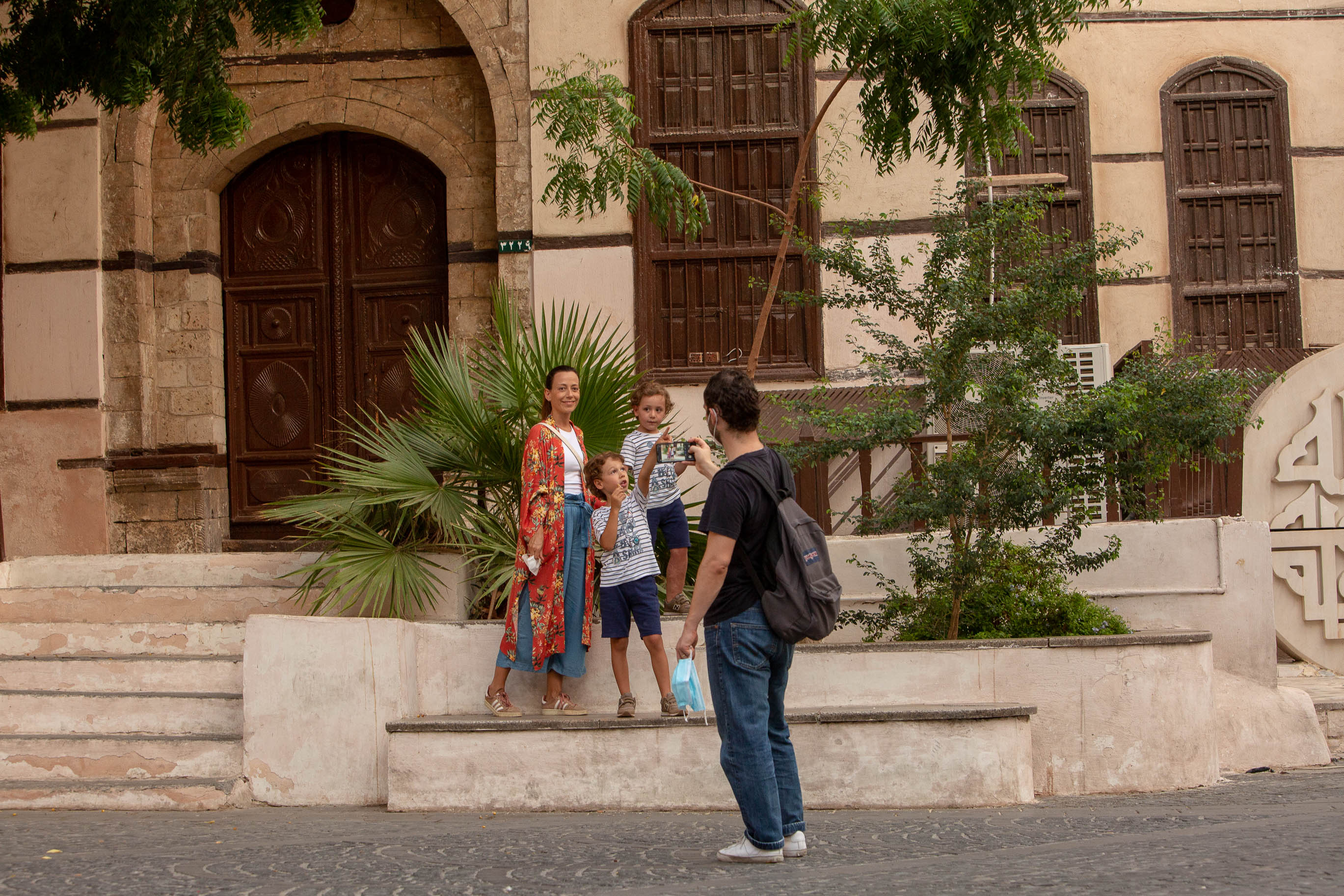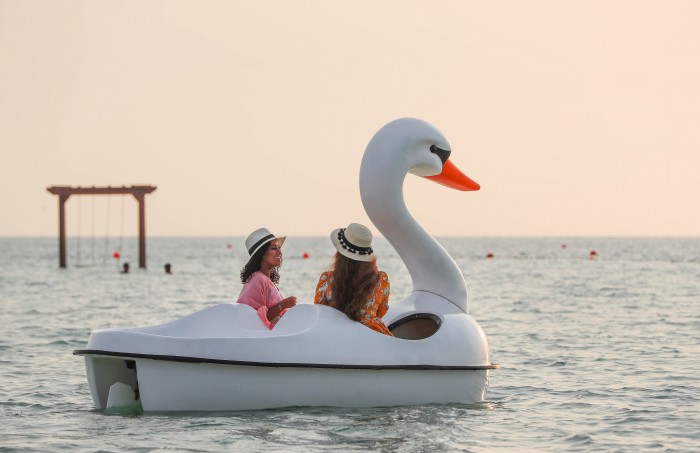
Breaking Travel News investigates: Saudi Arabia, the sky’s the limit – maybe not even
As Saudi Arabia emerges on the Middle East hospitality scene, aviation expert Peter Baumgartner explores its potential
Throughout my career in the Middle East, I always kept a special eye on Saudi Arabia. Not only was the country an absolute key market for the business I was looking after. Also, by starting to understand Saudi Arabia’s untapped potential, I was always very respectful to how it would reshape industries on a regional and, quite frankly, global level, once this potential would be fully tapped. To imagine the impact on the industry I was serving, and far beyond, was nothing short of transformational for the region and, in many ways, the world order. The question was less if it will happen, but rather when. Yet, as the rule says: to initiate change, there must be change.
ADVERTISEMENT
Over the last few years, Saudi Arabia has indeed undergone some interesting reforms. From the casual perspective of a Westerner, it may seem as if not much has really changed. However, such perception would be hugely deceptive and more recent developments are definitely worth a closer look. The Saudi Vision 2030 program that was initiated five years ago has been the driving force behind important foundational steps that we cannot simply do away with. Is Saudi Arabia opening up to the world? It might just be on its way.
The Vision 2030 is very direct in stating its goals: it attempts to shift the national economy away from oil, to make it more diverse and sustainable. It openly aims to transform Middle East’s largest economy into a financial and lifestyle destination. A huge undertaking, if done in earnest – and I believe it is indeed a serious (and necessary) effort. In order to be successful, this requires one thing above all others: openness. And one cannot open oneself to the world without becoming a little more like the world, in all its diversity.

Whatever your position on the matter, these developments are worth taking a closer look. Yes, the country opened its borders to foreign visitors in 2019. Yes, some restrictions have been lifted. Yes, voices calling for reform have become louder. While one person may look at all this and consider it to be merely superficial, another may consider these efforts massive and significant. However, I am not making a political or cultural argument here. I am looking at it through the lens of dynamism and change – and by doing so, my views are taking clearer shape.
Saudi Arabia is a large country, a large economy and geographically right at the crossroads between three continents. It makes sense then, that one of the goals of Vision 2030 is to turn Saudi Arabia into a global transport and logistics hub. Planned investments of around US$147 billion into the sector within the next decade give this Vision a lot of power. Resources are already increasingly flowing in both directions. There will be a lot of movement, no matter what. Foreign investments will increase. The region will transform.
Particularly for the aviation sector, the way to realizing the Vision includes very substantial investments in infrastructure for passengers and cargo. Obviously, the aviation industry, with its direct, indirect and induced effect on GDP, is an important – maybe the most important – economic pillar for the country. In the plans are significant efforts to expand airports in Riyadh and Jeddah, and a new national airline serving the globe that is said to operate from Riyadh as its hub. Passenger volumes are expected to double to 200 million until 2030, the number of travel destinations should go up from around 100 to 250. Air cargo capacities should also double, and maritime transport strengthened. Countless other initiatives are underway, such as local railway modernisation and network expansion.

In my former role at the helm of a region’s leading airline, Etihad Airways, we were calling ourselves a proud part of the ‘MEB3’ – the Middle East big three. Saudi Arabia was one of our common top markets to feed our networks with solid revenues both in the corporate and leisure segments. You don’t need to be hugely visionary to consider a ‘MEB4’ scenario in the foreseeable future. And if someone would argue there is no market for four regional mega carriers to coexist, well, this may well be true. I wouldn’t know though why a Saudi carrier shouldn’t be among those taking a spot.
Still, it’s certainly no easy task. First, the region must win over the tourists. It must become attractive for foreign talent. It must build the necessary foundation: At every so-called “touch point” with the country and its offerings, an individual’s experience – for Easterners and Westerners – must be positive. It’s clear that money alone cannot solve this, if for no other reason than that the regional competition – in fact, some global competition as well – will not stand idly by.
The ambition to connect the world requires a lot of openness. Openness to learn and to do things differently. Openness to welcome the world with its diverse opinions. Especially, if you’re right at the crossroads between East and West.
I think that’s an approach we can get behind. Let’s keep our eyes open.
More Information
Aviation analyst and former Etihad Airways chief executive, Peter Baumgartner, is currently the chairman of the board of directors and Metrocore Aviation Group.
Images: KAEC and Visit Saudi

